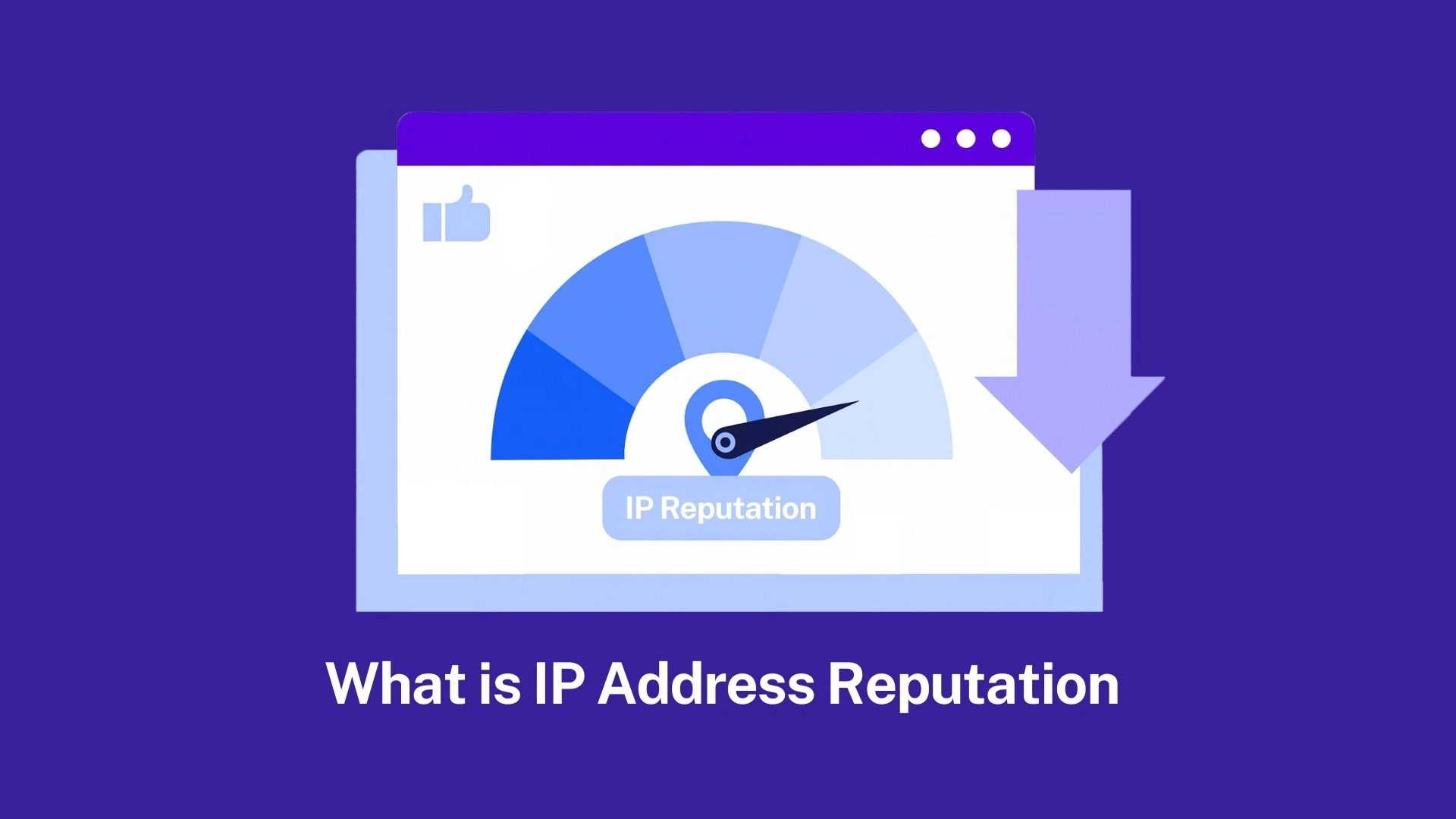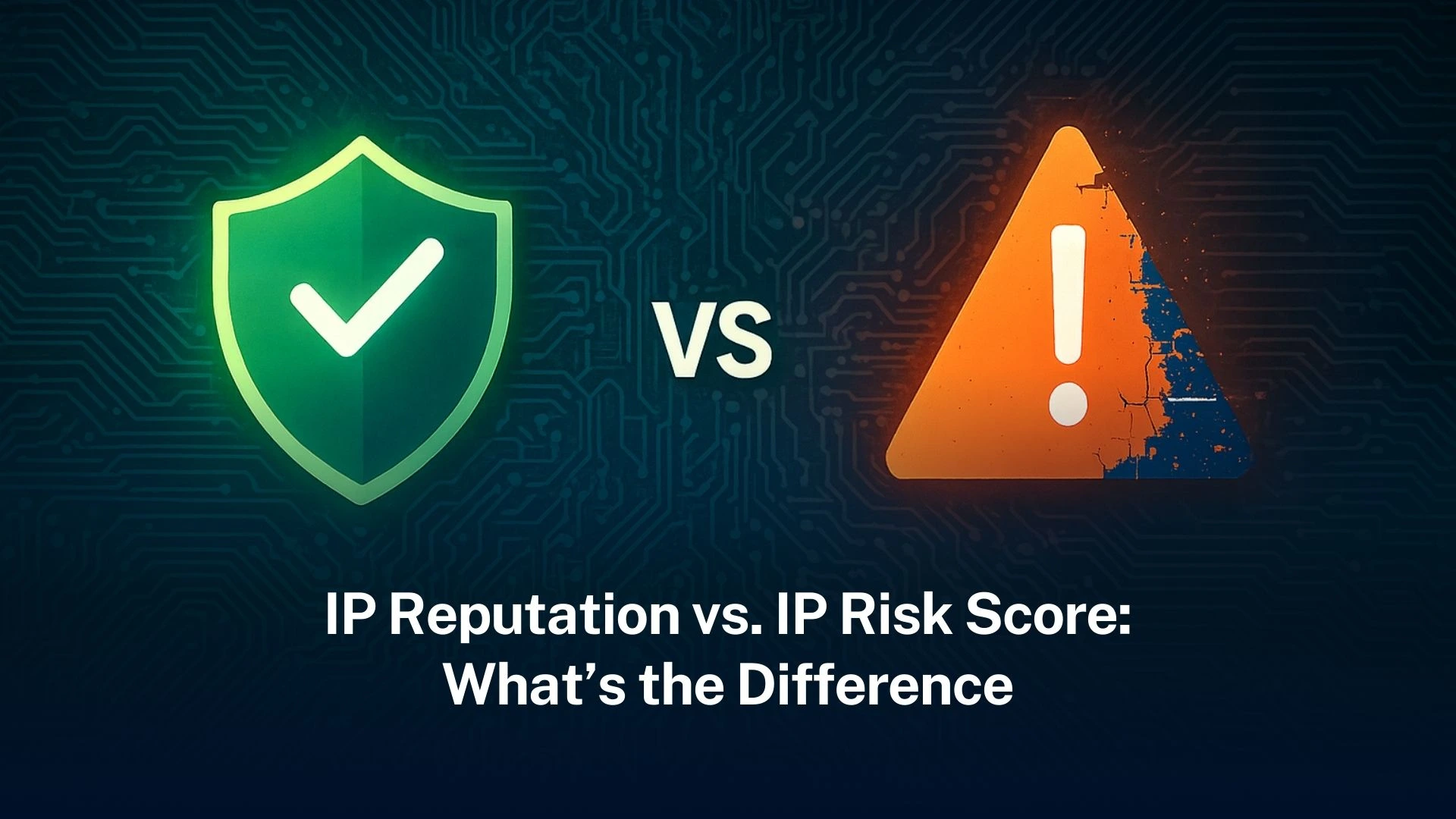
IPv4, based on a 32-bit system with four blocks of characters, provides approximately four billion addresses. However, with the increasing number of connected devices, IPv4 is no longer sufficient. IPv6, with its 128-bit system, offers an almost infinite number of IP addresses, thanks to eight hexadecimal character blocks. This long-term solution, however, could be a big jump for some small businesses in the United States. As a workable alternative,Read more

Devices that connect over the Internet rely on a system called IP addressing to find each other. Currently, there are two versions of IP addressing: IPv4 and IPv6. Let’s look into the future of IPv4 and IPv4 vs IPv6 IPv4, the older iteration, was developed in the 1970s and utilizes 32-bit addresses. There are only 4.3 billion available addresses– a small number when you think about the smartphones, tablets, andRead more

You’re probably at a point where your business growth is limited by the amount of IP addresses available to you. In the early days of the internet, a team of engineers developed IPv4. However, they did not foresee the growth of the Internet (Who could have?). Now, we are at a point where we’ve practically run out of IPv4s. To deal with this issue, IPv6 was introduced. But notRead more

When a device connects to a network, it needs to follow a certain standard. This standard, called Internet Protocol, allows a device to communicate with other devices. Whether it’s over the Internet or on a local network (like a home or office network), a device needs a network address. A device receives a network address once it connects to a network, typically through a router. To communicate over theRead more

IPv4 is the initial version of the Internet Protocol (IP), capable of generating 4.3 billion possible IPv4 addresses. However, many of these addresses are reserved for specific purposes, like research and development. This leaves a limited pool for organizations and individuals worldwide. With the exponential growth of the internet, the demand for IPv4 addresses has sky-rocketed. This led to a rapid decline in available addresses. We are now atRead more



